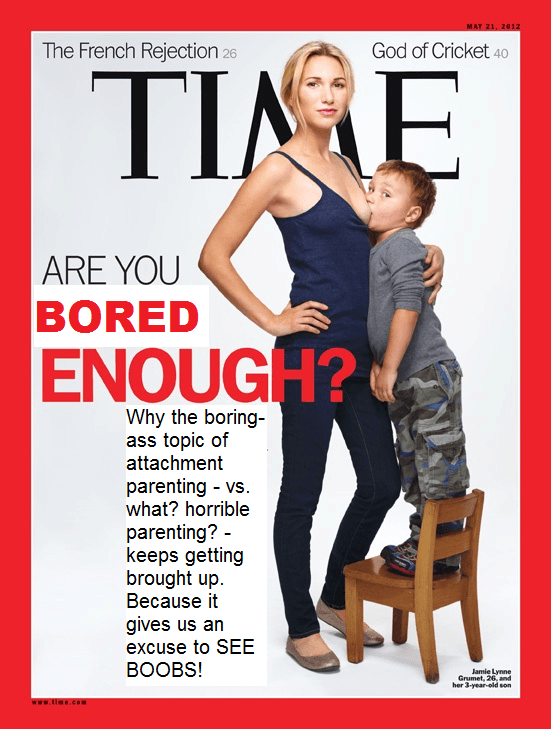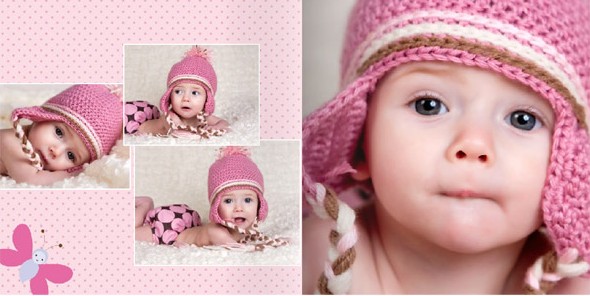Umbilical cords are probably the least attractive part of your newborn, but they usually don’t cause problems and eventually fall off by themselves. You may be understandably worried when you notice bleeding or discharge from your newborn’s belly button. But knowing what’s normal will keep you calm and prevent you from running to call your doctor unnecessarily!
What’s Normal
Bleeding: For the first week or two, most newborns will have a bit of bleeding from the belly button before and after the cord falls off. You’ll see it on the diaper or baby’s clothes. You may notice it right away, or it might not appear until a week or more after the cord comes off. Bleeding is especially common if the cord comes off within the first week of life from accidental tugging.
Discharge: Almost all belly buttons will have some yellow or green drainage, which looks like pus, before and after the cord falls off. This may go on for one or two weeks, but will eventually stop and is nothing to worry about. If there seems to be excessive oozing, your doctor can applying silver nitrate to help dry it up, but this is rarely necessary.
When to Call the Doctor
Bleeding: If you see dripping blood that reappears immediately after wiping it away, pack several pieces of gauze over the belly button (you can also use a baby washcloth or tissue). Keep the gauze firmly pressed against the belly button under the diaper, wrap him up snugly in a blanket, and wait for 15 minutes. Then undress him and carefully check for continued active oozing or dripping. If it is stopped, there is no need to call your doctor, but keep a close eye on it. Keep gauze packed on it for another day, and check it once an hour, even overnight. Some blood on the gauze is normal.
If the active dripping or oozing continues after the 15 minutes, you should call your doctor right away.
Discharge: Normal discharge looks like pus, but is not cause for worry. The only time you need to call your doctor is if the cord has become infected.
Here is how to tell:
- The drainage smells very foul
- The skin around the cord is very red and maybe swollen
- Baby may or may not have a fever
If you think the cord might be infected, call your doctor.
Caring for the Umbilical Cord
It’s important to keep the stump clean and dry. Clean the area around the cord every time you change baby’s diaper. Use a wet cotton ball or q-tip to wipe away any discharge. As of 2006, a research study found that that it is not necessary to put alcohol on the umbilical cord.
When diapering your baby, keep the stump exposed, which helps it dry out faster. You may have to fold down the top of the diaper so it doesn’t cover the belly button area.
When to give baby her first bath is a matter of some debate. It is generally advised to sponge bathe your baby until the cord falls off (and, when applicable, the circumcision heals), although other doctors believe that an immersion bath does not increase the risk of infection. Check with your doctor. If you are still seeing discharge around the base of the cord, it’s probably a good idea to sponge bathe your baby.
The umbilical cord will shrink and dry out just before it falls off. Don’t try to loosen it or pull it off. One day you will change your baby’s diaper and notice that it has fallen off on it’s own.
Source: Dr. Sears
feature image: Real Simple




